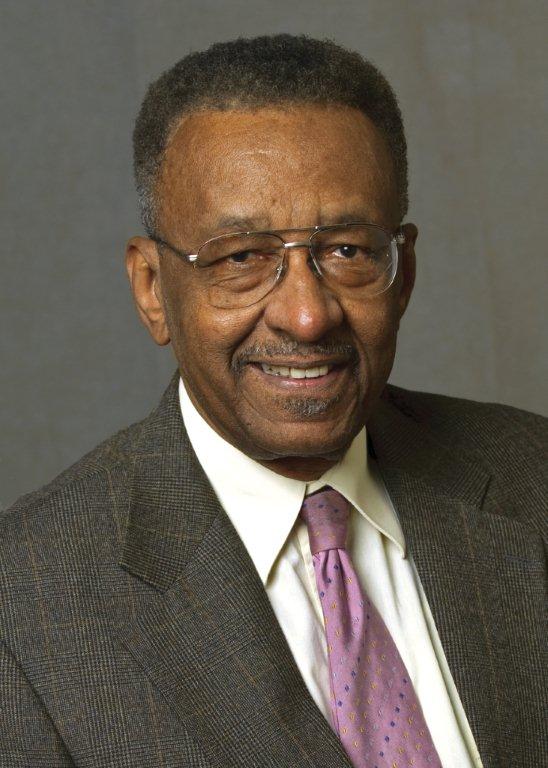Republican and Democratic big government advocates whine about President Bush’s proposed tax cuts, particularly cuts in the capital gains tax. They say it’s a $70 billion giveaway to the rich. Listening to demagoguery about the rich, I’ve sometimes wished that we could find a humane way to get rid of the rich so that we might better focus on what’s in the interests of the other 99.44 percent of us. Let’s talk about capital gains taxes starting out with a few questions for you. Suppose you see a couple highway construction projects. On one project, the workers are employed using shovels and wheelbarrows. At the other project, the workers are using huge earthmovers, cranes, asphalt-laying machines and other equipment. On which project do the workers earn the higher wage? You’ll probably answer, “Those on the project with all the machinery.” Now the question becomes, why? Is it because construction company owners like machine operators more? Or, is it because the machine operators have more bargaining power? The answer to both questions is no. The correct answer is that the workers on the project using all the machinery are more productive. They are more productive because they have much more capital (equipment) working with them. As a result, more road is built per day, per worker, and their wages reflect that higher productivity. Creating more equipment, whether it’s earthmovers, computers or technical innovation, is called capital formation. The capital gains tax is a tax on capital formation, and when anything is taxed, one expects less of it. Less capital formation means a slower growth in wages. Roughly 95 percent of the growth in wages over the past 40 years is explained by the capital-to-labor ratio. The capital gains tax dampens risk incentive. Put yourself in the place of an investor. You can invest in a utility company that’s been earning a six percent rate of return for decades. Alternatively, you can invest in a high-tech, high-risk startup company. While such an investment has a high risk, and you stand to lose all of your money, success can deliver a potentially very high payoff. Capital gains taxes reduce your rate of return on the risk you have taken. Reduced rates of return mean that people will undertake less risk. The capital gains tax has another debilitating effect on investment that’s called the “lock-in” effect. People who have made a capital gain on an investment know that if they were to sell they would have to pay the capital gains tax. Therefore, for tax reasons, they often hold on to that investment longer than they otherwise would. With a reduction or elimination of the capital gains tax, instead of people’s decisions being driven by tax considerations, they would focus more of their portfolio to areas in the economy with a higher long-run growth potential. There are other taxes that impede capital formation, such as dividend and corporate profit taxes, but the capital gains taxes, as well as the death tax, are particularly vicious. In 2004, the capital gains tax generated $56 billion, about three percent of federal revenues. The death tax generated $25 billion, a little over one percent of federal revenues. The death tax, like the capital gains tax, has an impact on capital formation because people often have to sell producing assets. These high-powered dollars are shifted from production to government consumption. The capital gains tax and the death tax are insignificant in terms of federal revenue. They only serve our collective taste to tax the so-called rich. President John Kennedy saw much of the folly in our anti-capital formation tax policy when he said, “The tax on capital gains directly affects investment decisions, the mobility and flow of risk capital . . . the ease or difficulty experienced by new ventures in obtaining capital, and thereby the strength and potential for growth in the economy.”

Walter E. Williams
Bradley Prize Winner 2017
Professor of Economics.
wwilliam@gmu.edu
(703) 993-1148
D158 Buchanan Hall
Department of Economics
George Mason University
Related Sites:
The homepage of George Mason University.
Homepage of the Department of Economics at GMU.